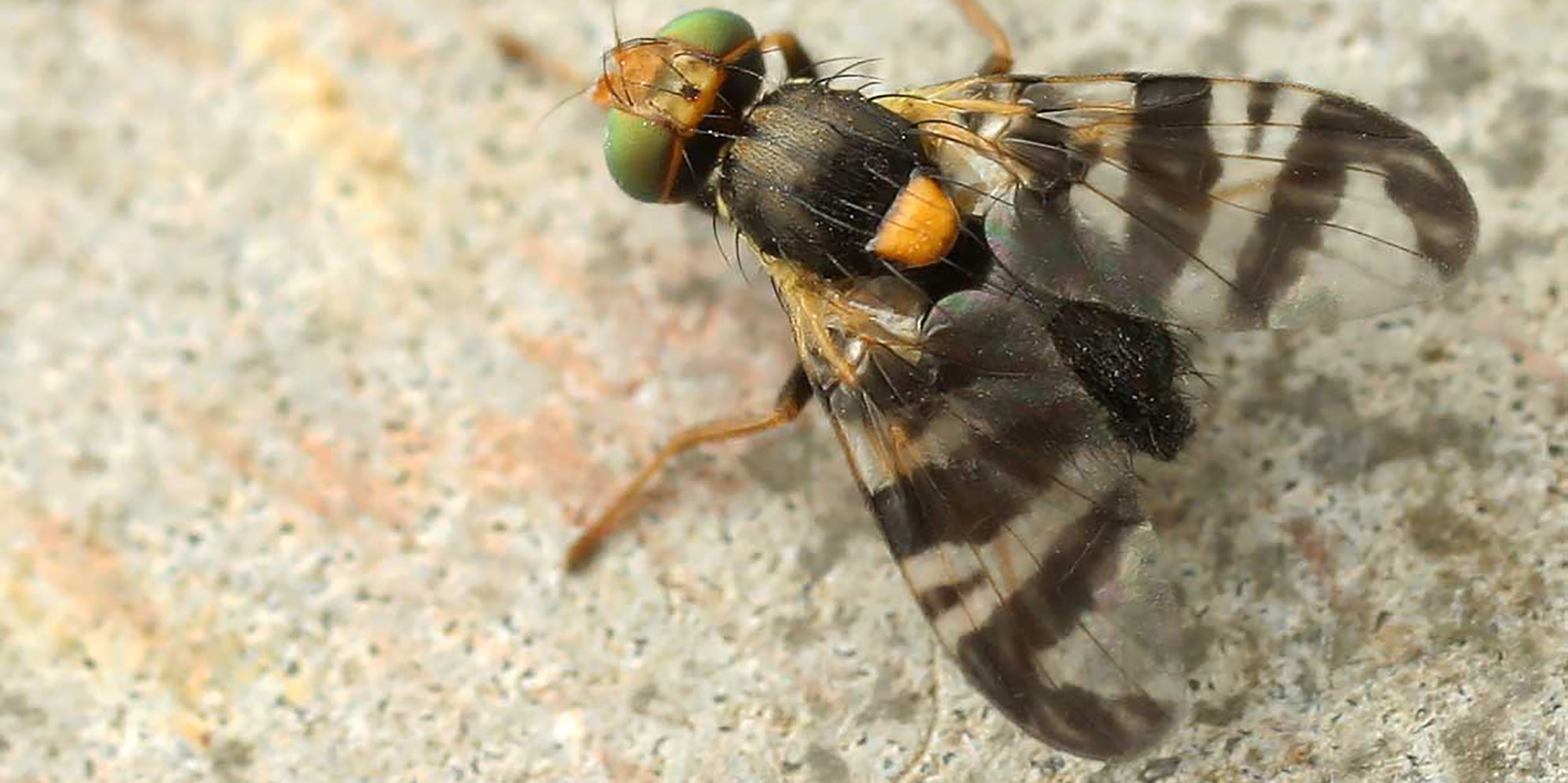Originally published 4 May 1987
Among the books I remember best from childhood was Jean-Henri Fabre’s Insect Adventures, stories translated from the voluminous works of the great 19th century French entomologist and retold for young readers.
Not much retelling was necessary. All of Fabre’s books are delightfully and simply written, and popular with readers of all ages. They remain, after a century, the best and most engaging introduction to the world of insects. I am not the only person who was nudged toward the study of science by reading one of Fabre’s books.
Fabre made bugs — ordinary bugs of the household and garden — as exciting as the great beasts of the African veld. He told stories of their nestings and matings, their languages and societies, and their roles as predators and prey, all based on his own careful observations.
But in spite of his popular success, Fabre was never made a welcome member of the scientific community. His folksy, literary prose style was resented by his fellow entomologists. They were further put off by his resistance to dissection and laboratory experiments. Stymied in his career, Fabre never advanced beyond an assistant professorship at a tiny salary.
Fabre’s way
Fabre believed that the methods of science must be consistent with our motives for knowing. His method was to enter as intimately as possible into the lives of the creatures he studied. His laboratory was the field. “I make my observations under the blue sky,” he wrote, “to the song of the Cicada.”
Two articles in last week’s issue of Science brought Fabre to mind. The articles were interesting both for what they reported about insects, and as instructive examples of scientific method.
Both reports describe flies that have evolved physical features and behaviors that let them mimic their chief predators, the jumping spiders. The flies’ wings are banded with stripes that resemble the legs of the spiders. When threatened, the flies wiggle their wings so as to mimic the spider’s movement and gait. Presumably, the point of this little ruse is to avoid being eaten.
Mimicry is not unusual in the world of insects. Insects have evolved with body shapes and colors that mimic flowers, twigs, leaves, pebbles, other insects, and even bird-droppings, the better to escape detection by predators. The sort of mimicry described in the two Science articles, where the prey mimics the predator (a “sheep in wolf’s clothing”), has been only rarely reported.
In the first of the two reports, researchers at Simon Fraser University in British Columbia describe experiments with snowberry flies. The predator, a jumping spider, was admitted into a Plexiglas “arena.” Within the arena, a snowberry fly was confined under a clear glass dome and the spider’s response was observed.
As expected, the spider responded to the mimic fly as if it were another spider. The experiments were repeated with jumping spiders under the dome, with ordinary house flies, and with snowberry flies whose wing stripes were obliterated with a marking pen. The spiders acknowledged the other spiders in a spidery fashion, but behaved aggressively toward house flies and the snowberry flies that had been deprived of their disguise.
Crafty mimics
The second report, by three American researchers, describes experiments with another species of fly (Zonosemata) with leg-like markings on its wings and false eyespots on its abdomen that mimic a jumping spider. Five types of “prey” were introduced into the company of hungry spiders: 1) Normal Zonosemata; 2) Zonosemata whose leg-banded wings had been cut off and replaced (using Elmer’s glue) with the wings of ordinary houseflies; 3) Zonosemata whose wings were replaced with the wings of other Zonosemata; 4) ordinary houseflies; and 5) houseflies equipped with glued-on Zonosemata wings.
The spiders acknowledged Zonosemata—with their own wings or the wings of another Zonosemata—in friendly fashion, and behaved aggressively toward all other categories of prey. Both leg stripes and distinctive wing movements were necessary to fool the spiders. Predators other than spiders attacked Zonosemata as readily as any other prey. Apparently, Zonosemata’s mimicry has evolved as a specific deterrent to attack by jumping spiders.
Jean-Henri Fabre would have been fascinated to hear of these mimic flies, waving their false legs and trying for dear life to look like jumping spiders. But I suspect he would have been less enchanted with the Plexiglas arena, marking pen, scalpel, and Elmer’s glue.
He would certainly have considered the tiny deceptions of the mimic flies as one more remarkable insect adventure, to be patiently observed and exhaustively described, even if never fully understood. He wore himself out discovering the secrets of insects, on his knees in the grass, ears alert to the Cicada’s song.



